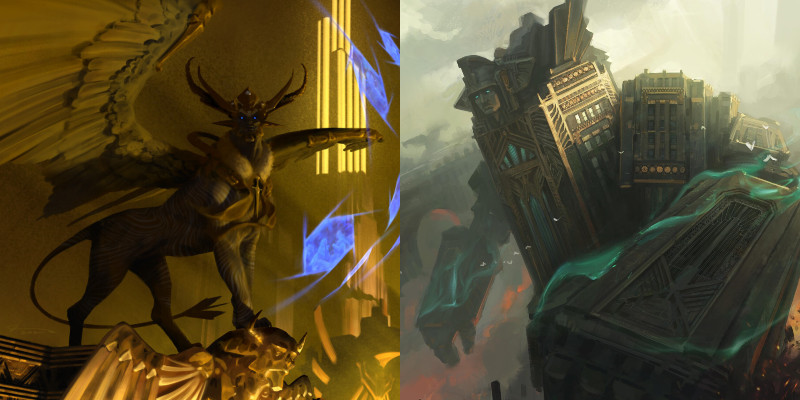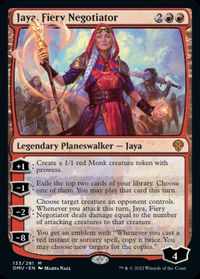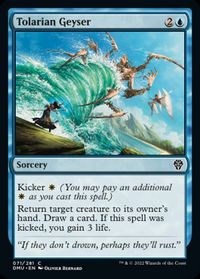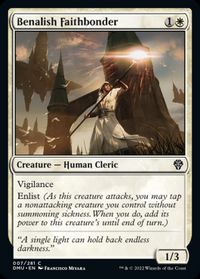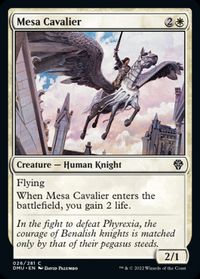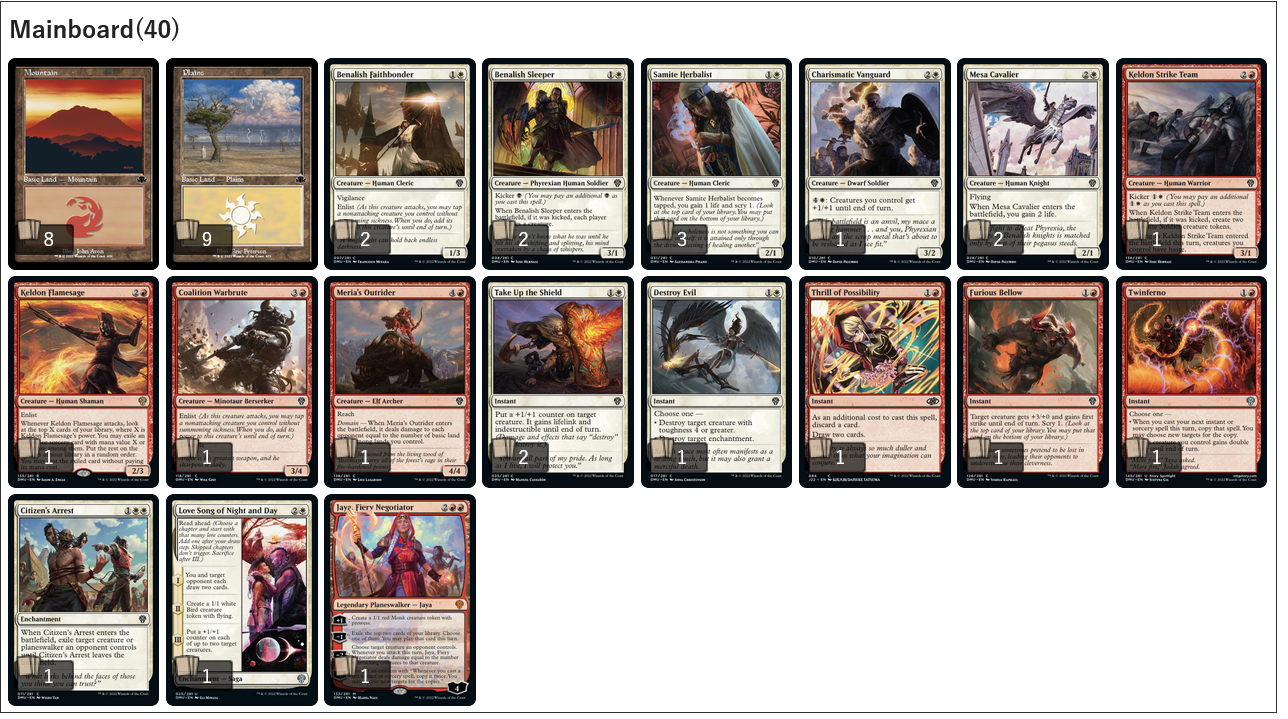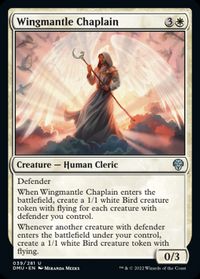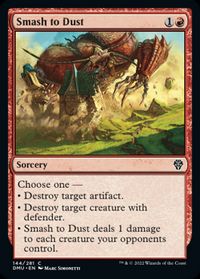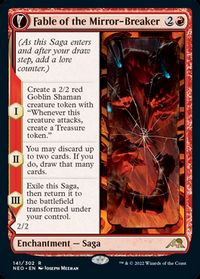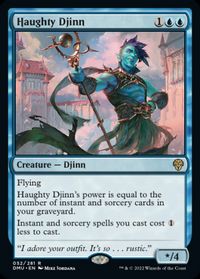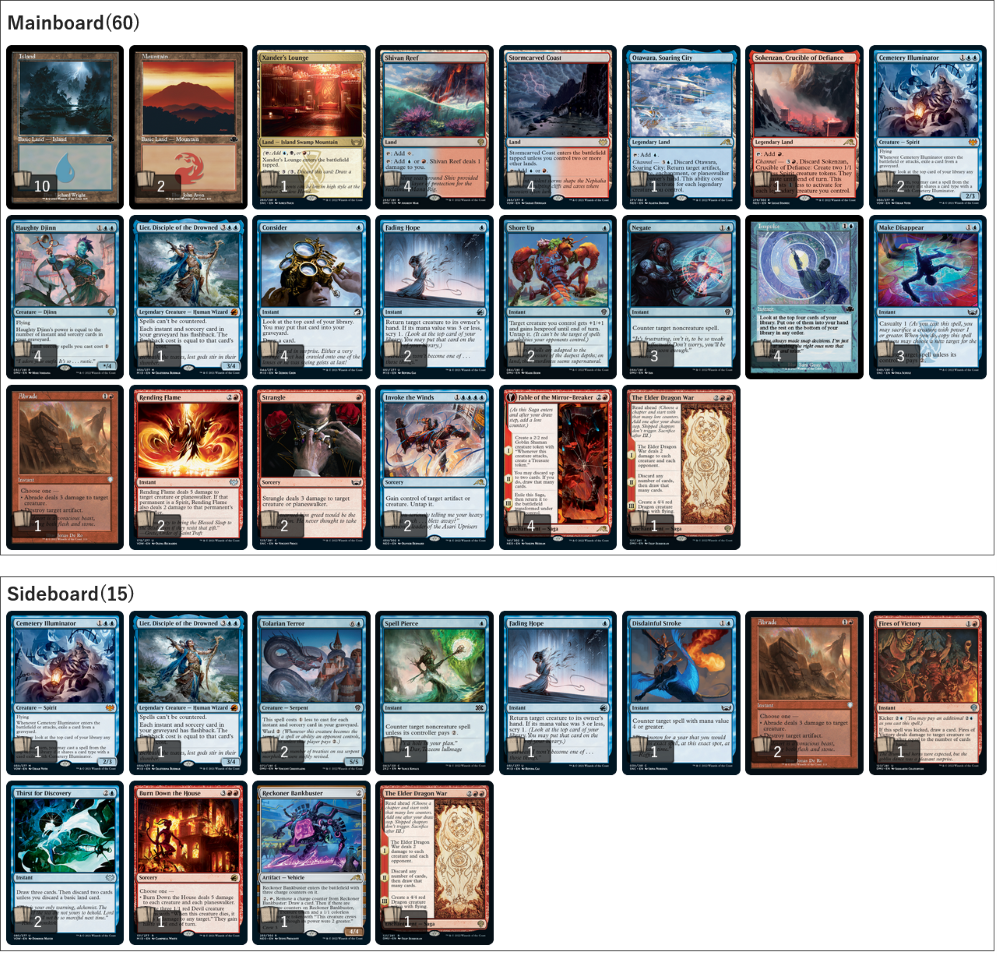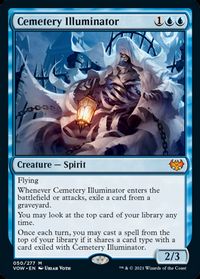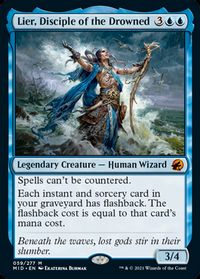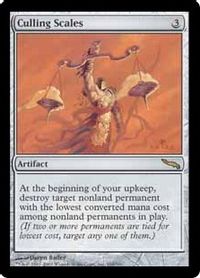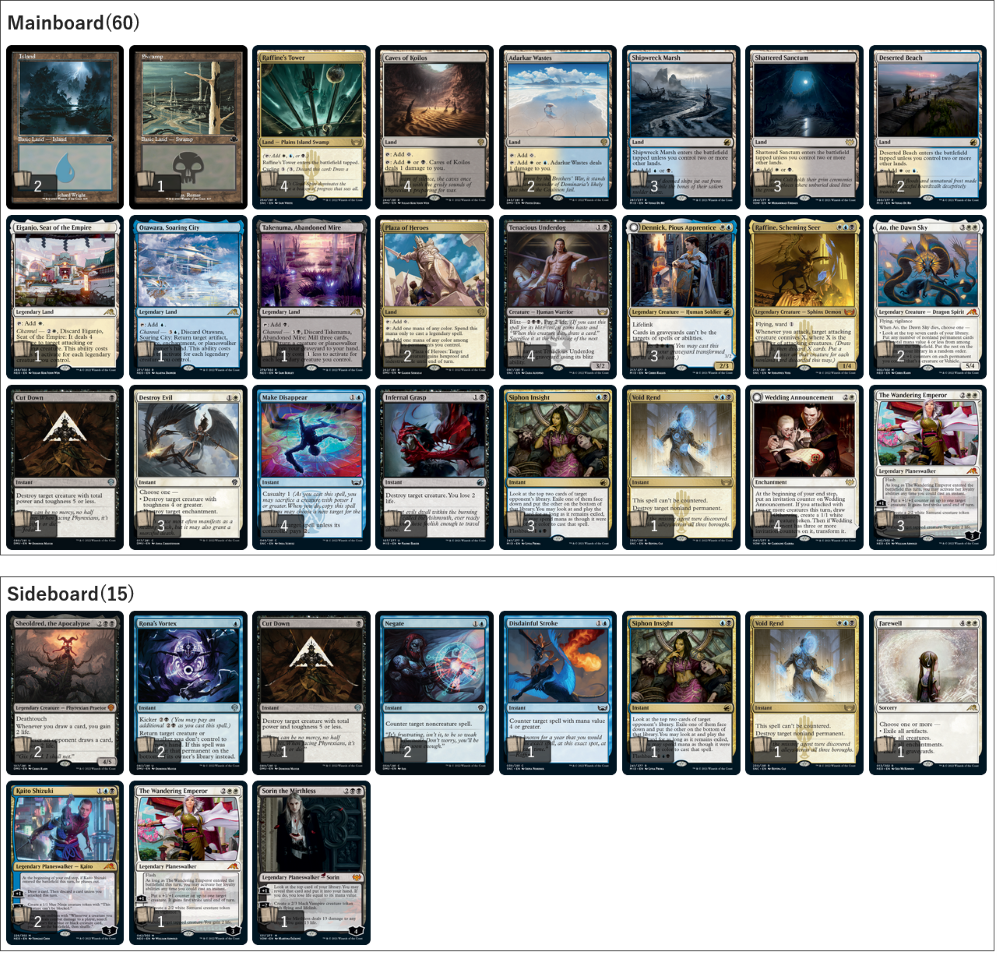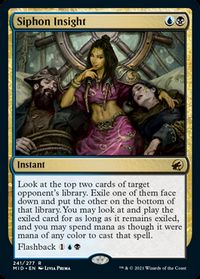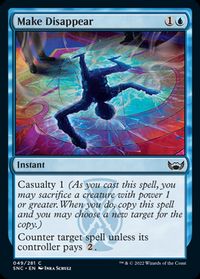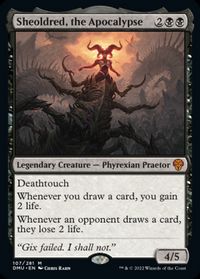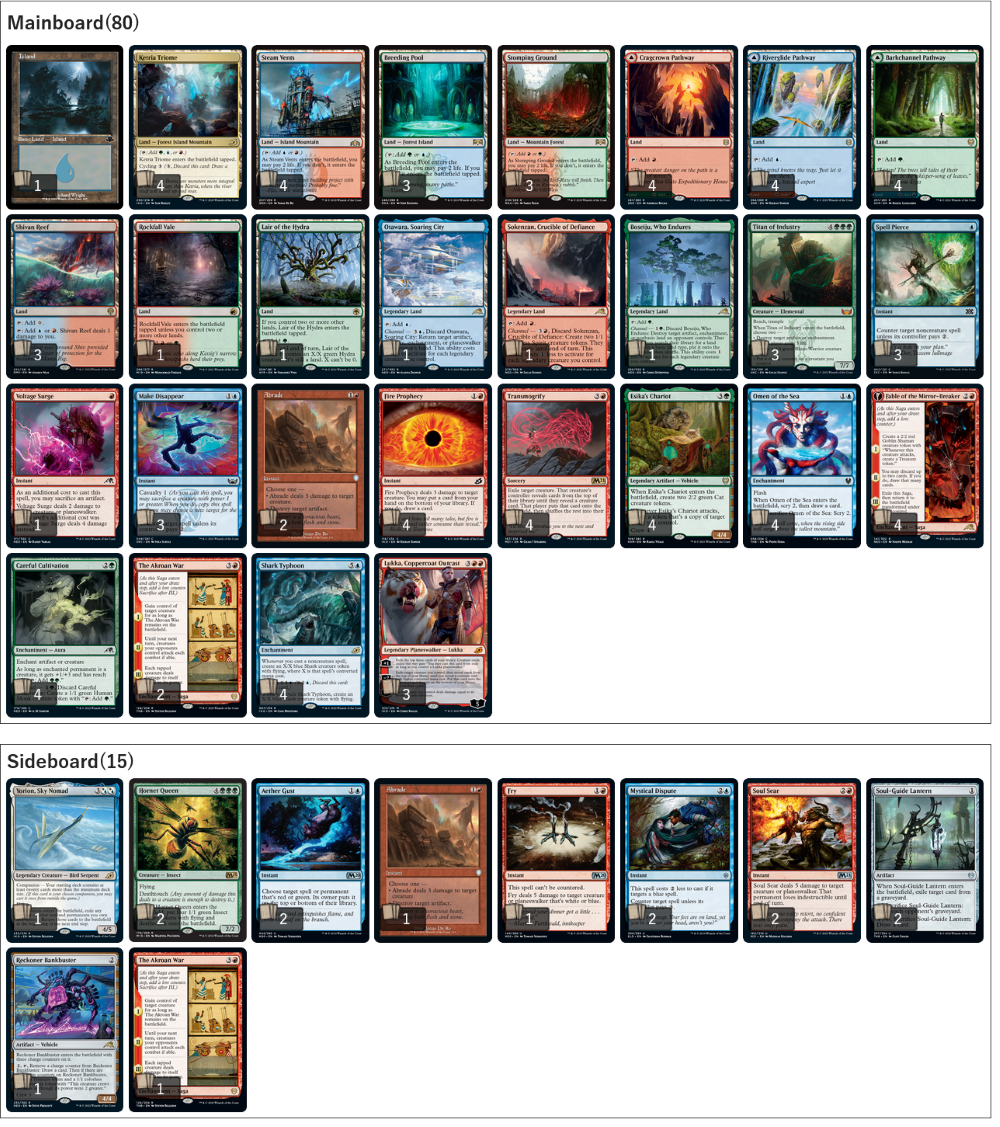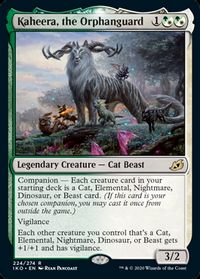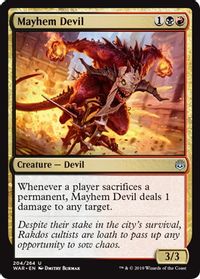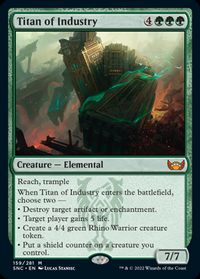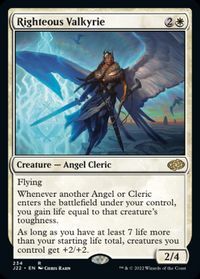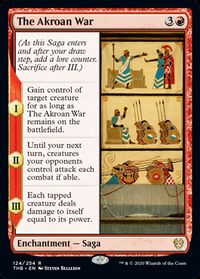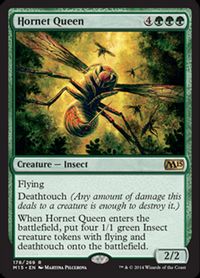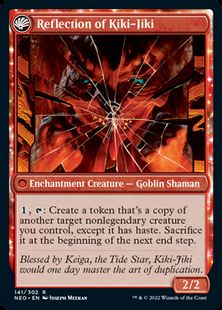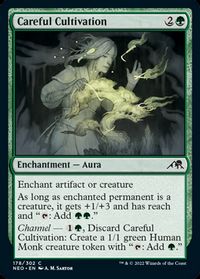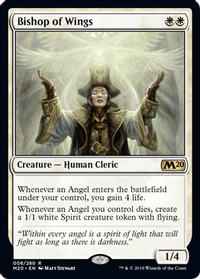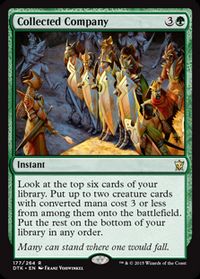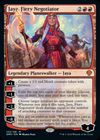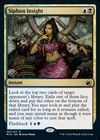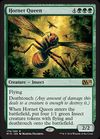Introduction
In October I had the honor of playing in the Magic World Championships alongside 31 other players.
I am proud that I qualified for the tournament through the League Leaderboard. While I didn’t do particularly well in any three Set Championships, a steady string of good finishes was enough to earn a spot at the highest-level tournament in Magic.
This was my first time playing in individual World Championships and I was very excited by the opportunity to compete with the best of the best.
On Testing and Drafting
I owe a big part of my success in the past couple of years to my awesome teammates in Team Handshake, many of whom also qualified for the event. In fact, we took up a total of 9 (!!) of the 32 slots, more than a quarter of the field.
This led us to split into two subgroups for the testing process because we felt like having too many members in the same group would create awkward incentives for deck selection and tuning. We did have a common server in Discord for firing up 8-player pod drafts though, which was valuable practice for the limited portion of the tournament.
The most notable difference between high-level tournament drafts compared to regular FNM or Arena drafts is that the good cards in the format are more contested. When the good cards vanish from the packs early, you need a more profound knowledge of how to use the bad cards that wheel around the table.
In many cases, cards that are “bad” in a limited format are not inherently bad, they are just good in a narrower set of decks than most other cards. Knowing how to make good decks out of mediocre cards and identifying what’s open is even more important in these tournaments.
I won’t go into too much depth on Dominaria United as a format, because the next set is already out and DMU isn’t really relevant anymore. However, my teammate Julian posted a tier list of all the commons, which acts as a serviceable summary of what we learned:
Here's my ranking of all 101 DMU commons for pod draft. My tiers would've been a little bit different before worlds; I revised this after some discussions with other competitors. Stronger cards on the left of course, not really sorted within columns.https://t.co/5volz4305l pic.twitter.com/vZrC0D5kyR
— Julian_mtg (@MtgJulian) November 9, 2022
If I had to pick a format that I was the most comfortable in before the tournament, it would’ve been Limited. However, my draft didn’t go exactly as planned.
My first pick was a 《Jaya, Fiery Negotiator》, and I was happy to start the draft with a powerful mythic rare. However, the next pack was already a sign of trouble: I got passed a pack with no red cards, with a common missing.
Since there was a 《Tolarian Geyser》 and a 《Destroy Evil》 left, it was obvious that the missing card had to be a 《Lightning Strike》. Therefore it was likely that I wouldn’t get passed much red and I should start looking for other colors.
Making matters worse is that if the player on my right is drafting red, they are likely to pair it with either blue or white, meaning that whichever card I picked in this pack would also be relatively likely to be in the same colors as the person on my right – red-black isn’t really a thing and red-green is worse than the two other color combinations for red.
I ended up taking the 《Tolarian Geyser》 and following it up with a couple of blue cards, but Reid Duke on my right ended up going to blue-red and the blue cards dried up pretty quickly for me too. Pick 5 I saw a 《Choking Miasma》, which I thought was a very good card and possibly a signal that black was open. It is particularly good in blue-black control, so I was hoping I could switch to that archetype and pair the sweeper with the blue cards I had picked. Unfortunately, black wasn’t open either.
Near the end of the first pack, I got some playable but unexciting white cards like 《Benalish Faithbonder》 and 《Mesa Cavalier》, and figured that white was more open than the other options. As a whole, the first pack of the draft was a complete disaster for me. Packs 2 and 3 were better, and I managed to scrape together a decent, but unexciting white-red aggro deck:
I felt like I played near the top of my abilities and I thought I came up with some good sideboarding ideas, but it wasn’t enough and I lost three tight matches in a row to start the tournament with an abysmal 0-3 record. The power level in the draft was quite high and the players who didn’t have to jump around in the first pack had great decks.
For example, Reid Duke on my right seemed to have an easy seat for blue-red, and Nathan Steuer on his right drafted a broken defender’s deck after opening a 《Wingmantle Chaplain》 and finding a second one later. I also feel like I had some unfortunate matchups, as two of my three opponents had multiple ways to punish my X/1 creatures (e.g. 《Smash to Dust》).
To say I was disheartened would’ve been an understatement. However, the success of my teammates alleviated the pain a bit: our practice drafts had clearly paid off and all 4 pods were 3-0’d by a member from our drafting discord.
On Standard

Image Copyright: MAGIC PLAY
If there’s one thing that the Standard portion of Worlds will be remembered for, it’s probably that about 70% of the participants chose to play Esper Midrange, and the two next most popular decks only had 2 players each.
While we expected Esper to be the most popular deck, we definitely didn’t expect it to be by such a massive margin. 《Fable of the Mirror-Breaker》 is clearly the best card in the format and we expected more people to be playing either Jund or Grixis to support it.
The reason that Karl Sarap, Simon Nielsen and I ended up choosing Esper was that our list of Esper felt quite evenly matched against the other black midrange decks, and it was beating all the random decks that people could try to beat Jund and Grixis with.
Originally we thought Grixis would be the most popular deck, as it was maybe slightly favored against most versions of Esper. However, we found Grixis to be significantly easier to beat if you really wanted to. But for pretty much every deck that we thought was good against Grixis, the problem was always the same: the Esper matchup.
The only exception to this was the blue-red 《Haughty Djinn》 deck that Julian Wellman ended up playing, and even that deck started out having the same issue. While the early versions already felt pretty good against Grixis and random decks, the Esper matchup scared me off the deck.
However, I think Julian did great work in tuning the deck, slowly cutting the bad cards that had seemed essential at first (like 《Tolarian Terror》) for great cards that fit the deck extremely well (like 《Cemetery Illuminator》 and 《Lier, Disciple of the Drowned》).
In the end, I thought that the blue-red deck was probably close to 50-50 against Esper if played by evenly matched players, and somewhat favored against Grixis depending on their list.
- 2020/01/28
- Mountains of a Metagame
- Matti Kuisma
Now, if you’ve read my earlier articles, you might know that I’m a big believer in making practical decisions when it comes to selecting decks. The Djinn deck and the Esper deck both seemed like good choices and the decision was fairly close, but in the end, I decided to go with the deck that I was more comfortable playing with.
If I had had more time to practice with the Djinn deck, I probably would’ve played that one instead, since the baseline was already good and with unknown decks you always gain an edge by causing practical problems to your opponents. Even the best players in the world have trouble figuring out optimal lines and sideboarding strategies in matchups they haven’t tested at all, so decks like the Djinn deck tend to perform better in tournaments than in internal testing.
However, since the earlier versions of the Djinn deck didn’t seem very promising to me, I only realized how good the latest versions were about a day before the deck submission deadline. By that point I felt like it was a bit too late to jump ship – I wouldn’t only be causing practical problems for my opponents, but I would be causing them for myself too!
The Djinn deck was quite difficult to play and I felt like my intuition didn’t align well with it. While the Esper deck wasn’t easy to play either, at least it played very normal kinds of games and the kinds of decisions that it created were ones that I had a lot of practice solving. That said, if I had been just a little bit less confident in our Esper list, I would’ve chosen the Djinn deck instead, and I’m not at all surprised that Julian did well with it.
What separated our Esper list from the stock lists was the inclusion of 《Siphon Insight》 in the main deck and the exclusion of 《Sheoldred, the Apocalypse》. We felt like stock Esper lists were very play/draw dependent, which led to us wanting to play 《Make Disappear》, because it was one of the best cards on the draw.
We found countering the opponent’s 3-drop and landing your own to be the best way to win on the draw. 《Siphon Insight》 was a natural pair for the 《Make Disappear》, as it gives you something to do on their turn if they don’t play anything into your counterspells. It felt like a great card against the other midrange decks.
《Sheoldred, the Apocalypse》 on the other hand felt rather weak in the midrange mirrors. While it did win some games on its own, most of the time it got dealt with by a 2-mana removal spell, leading to a big tempo loss. The successful Esper lists had two different approaches for this: either you cut the 《Sheoldred, the Apocalypse》 entirely like we ended up doing, or you tried to overload the opponent’s removal spells. An example of the latter approach is the list piloted by Lukas Honnay, which had the full 4 《Sheoldred, the Apocalypse》 and a 《Shore Up》 to protect them.
I ended up going 2-3 in the Standard portion. Our deck seemed pretty good for the tournament, but I missed a bit too many land drops and made some suboptimal plays. I’m quite happy with my level of play for most of the tournament, but I’m pretty sure I got outplayed by Shota Yasooka in the mirror match in the last round of the day.
On Explorer
In the Explorer portion of the tournament, our weapon of choice was Temur Transmogrify, which centered around cheating a 《Titan of Industry》 into play with a 《Transmogrify》 or a 《Lukka, Coppercoat Outcast》.
The deck was capable of explosive starts by getting the 《Titan of Industry》 into play as early as turn 3, and it could also grind long games with powerful cards like 《Fable of the Mirror-Breaker》 and 《Esika’s Chariot》, especially when they were combined with 《Yorion, Sky Nomad》 as a companion.
Our earlier versions of the deck actually played 《Kaheera, the Orphanguard》 instead of 《Yorion, Sky Nomad》. Those versions were better against Mono-Blue Spirits and Greasefang, but worse against Red-Black Sacrifice and Red-Black Midrange.

Image Copyright: MAGIC PLAY
While Red-Black Sacrifice was the second most popular deck, the Midrange version was only played by one player. Greasefang and Mono-Blue, on the other hand, were the most popular and third most popular decks respectively. Thus, had we known the metagame beforehand we would’ve definitely played the Kaheera version instead.
The story of the tournament, however, was the Mono-Blue Spirits deck piloted by Eli Kassis & co. We liked the deck quite a lot in testing, but it had one huge weakness: 《Mayhem Devil》.
The Red-Black Sacrifice deck, which we correctly predicted to be popular at the tournament, was a very bad matchup for the Spirits lists that we had. But Eli’s team came up with a crucial innovation for the deck in 《Leyline of Combustion》, which made the Sac matchup good enough that their version of Mono-Blue was by far the best deck at the event.
I rallied back a bit in the Explorer section of the tournament and went 4-2, finishing in 24th place. The highlight of the Explorer rounds was a crazy match against Yudai Miyano on Selesnya Angels.
In game 1 we had a massive board stall, as I had all my 《Titan of Industry》 in play and was able to copy them with 《Fable of the Mirror-Breaker》, whereas he had 《Righteous Valkyrie》 pumping his team and his life total. Neither of us could make any profitable attacks.
Eventually, I found a way to break the board stall with an 《The Akroan War》, but since we both had a ton of creatures in play, the combat phase on Arena was extremely confusing. The creatures were on three rows and kept switching places every time I clicked on a new block. I ran out of time clicking through the dozens of blocks, and somehow messed things up leaving more of his creatures alive than I thought.
I was still able to win the game, but it took way longer than it should have, and actually dealing lethal damage took a long time as he had over 300 life at some point. That mistake was very costly, as game 1 ended up eating more than half of my match clock.
For game 2 I switched my 《Titan of Industry》 into 《Hornet Queen》, as I thought they would be better in the matchup. I was able to assemble 《Hornet Queen》 + 《Reflection of Kiki-Jiki》, which basically meant that I could not lose the game.
However, he kept gaining absurd amounts of life and the Insect tokens are terrible at dealing lots of damage. This was especially true since Arena clumps all the tokens together: if you want to attack with only some of your tokens you have to click them one by one. And I can’t attack with all of the tokens either, because that would leave me dead on the swing back. At some point, I realized I should not be attacking at all, and started waiting until I found an 《The Akroan War》.
Forcing his creatures to attack would make them trade for the Hornets, which in turn would let me start attacking with all of the remaining ones without fear of a lethal counterattack. But I never found the 《The Akroan War》 and ended up conceding the game with a couple of minutes left on the clock for the third game. It was an absurd spot – there was no way I could lose the game by normal means, and I would eventually be guaranteed to win it, but I just wasn’t able to do so in time.
For game 3 I switched back to the 《Titan of Industry》, as I needed to be able to kill him quickly. I had an amazing start and played a 《Transmogrify》 on turn 3 on a token from 《Careful Cultivation》, cheating a 《Titan of Industry》 into play on an empty board. Next turn I stole his only creature with 《The Akroan War》.
After that point I’m not exactly sure what happened – I was in full panic mode and just made the first plays that came to my mind without thinking much about them. I think Yudai cast a 《Collected Company》 hitting a 《Bishop of Wings》 and a 《Righteous Valkyrie》, and then suddenly his board became massive and he had a lot of life and I ran out of time.
I feel like I would’ve won the game if I had had time to make better plays, but who knows? It was one of the craziest matches I’ve ever played. At the end, one half of me was smiling at the absurdity of the match, and the other half was shouting at myself for being too slow.
On Live Magic & What’s Next
Even though the tournament didn’t go as well for me as I’d hoped, it was great to see my friends Karl Sarap and Nathan Steuer crush it. I’m definitely glad I went to Las Vegas to play the event instead of staying home and playing remotely.
There’s just something very special about live tournaments, and I’m happy that they are back. The best part was finally getting to meet some of the other members of Team Handshake in person, as we’ve been working together a lot for all the online tournaments during the past couple of years.
Finally getting to meet some of the other members of team 🤝🤝🤝 / 50% and competing for the World Championship together with them was an unforgettable experience, and the Gathering part of Magic means more to me than I am able to put into words. #Magic30 pic.twitter.com/b0hI9AO3nj
— Matti Kuisma (@kuismatti) October 31, 2022
After Worlds, I decided to skip the Regional Championships in Sofia, as I simply felt too exhausted. Traveling there wasn’t easy, I had no time to test the format and I was already qualified for the Pro Tour, so skipping was an easy call in the end.
However, our team had a fairly successful weekend in the recent Arena Qualifier, as Simon Nielsen, Stefan Schütz and I made our way to the next Arena Championships with a unique 《Goblin Trapfinder》 combo deck in Explorer. I’m also planning on going to the next Regionals in Naples, so the first months of 2023 will be quite busy.
But first, I’m planning on having a winter break and relaxing by focusing on some Christmas Cube drafts instead of serious formats. I wish you all a merry December and a happy New Year!
Matti Kuisma (Twitter)


